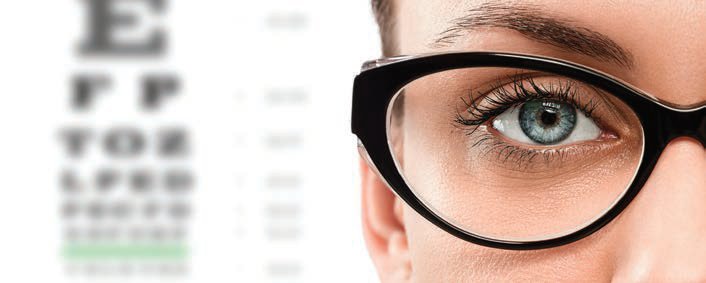How much can you see?
16 July 2021Dr Athanasios Dimitriou, research scientist at the BioComposites Centre, Bangor University explores the subject of light and vision, explaining the benefits technology can bring in this area
Human perception of the world is based mainly on our five senses, touch, taste, hearing, smell and sight. We base our ability to function and to analyse our environment on these senses. That is why we usually trust what we see as evidence which is hard to dispute. We define truth in what we see, and we extract conclusions from it in both day-today life and in science. But is what we can see all that there is to see?
Visible light is what the human photoreceptors can detect and is just a tiny fraction of what is actually there to see. The whole electromagnetic spectrum ranges from huge wavelengths of hundreds of metres in radio waves to atom size in X-rays. Visible light is just 0.0035% of the whole electromagnetic spectrum. There is so much more to see than what we actually see. Light consists of photons travelling as a wave and these interact with materials. Some photons hit the material molecules and they reflect, others are transmitted through, while others are just absorbed by the material. We see colours just because some photons of specific wavelengths bounce back, and others don’t. The size of the wavelength is what makes some photons interact with the materials. It is difficult for a radio wave with the size of a football field to bounce off a tiny object like a molecule, while gamma rays for example, with a wavelength of similar size to an atom nucleus, can interact with subatomic particles.
While ionising radiation (above the UV range with a wavelength smaller than 125nm) can cause alterations in chemical compounds, non-ionising light interacts in a non-destructive way with the materials. While the speed of light is considered constant, in fact it slows down while passing through materials because of these interaction with molecules. However, light is in a sense “lazy”, and when it slows down when passing through a material, instead of taking a longer time to exit the obstacle it actually takes a short cut and does a smaller distance to exit the material. This results in the diffraction phenomenon. Different light wavelengths responsible for different colours move with different speeds when passing through a material like water or a prismatic crystal, and by taking different paths they end up in different places when they exit the material. This way, visible light is separated to its individual wavelengths.
We can see the effect of photons in the visible light spectrum by seeing colours. But what is the effect of photons beyond visible light?
Frederick William Herschel was an 18th century astronomer and a music composer who investigated the effects of different light colours on temperature changes. As photons hit a molecule in a material the molecule vibrates or rotates converting the kinetic energy to heat. Herschel discovered that the diffracted light area beyond the red region was also heating up. This is the first time that anyone realised that there is more light to see than what we actually see. Herschel had discovered the existence of infra-red light.
Each wavelength of light interacts differently with different molecules. For example, in the IR range of light, some photons interact when hitting on single bonds while others with double bonds etc. While these interactions happen the energy of the photons in this wavelength drops as some or all of the energy has transferred to these molecules. By measuring this decrease in energy we can detect extra information. By relating these wavelength bands to chemical compounds, we can see the chemistry of materials, including wood. IR spectroscopy is doing exactly that; it gives us extra sight. It is expanding the boundaries of what there is there to see. A photo of a camera is a matrix of a three-layered pixel map. Each layer contains intensity of the three colours (red, green and blue) needed to recreate an image. Imagine now, the same concept, but instead of three layers you have hundreds of them, each layer for different wavelength. Each layer showing us something new, revealing to us a new truth, a new perspective, a new way to see beyond what we are used to seeing.
Hyperspectral imaging is exactly that, a multi-layer matrix containing all this information. IR cameras can be used to visualise the chemical constituents of materials in labs, fields and industrial processes. It can be used down the microscope or from aeroplanes and satellites and even planets billions and billions of miles away. Recycling and waste sorting can be done by using hyperspectral imaging in real time. Identification of timber species can be done by looking at the chemical information that the hyperspectral image has to offer. And it can take us even further, by building predictive models and using a hyperspectral camera we can see how much resin is present on a resinated wood fibre furnish, or how much mass loss has occurred in a thermally modified timber. It can even predict how a wine will taste if it is aged in specific wood barrels. The possibilities of our new sight are endless and it definitely proves that there is far more to see than we actually see.
